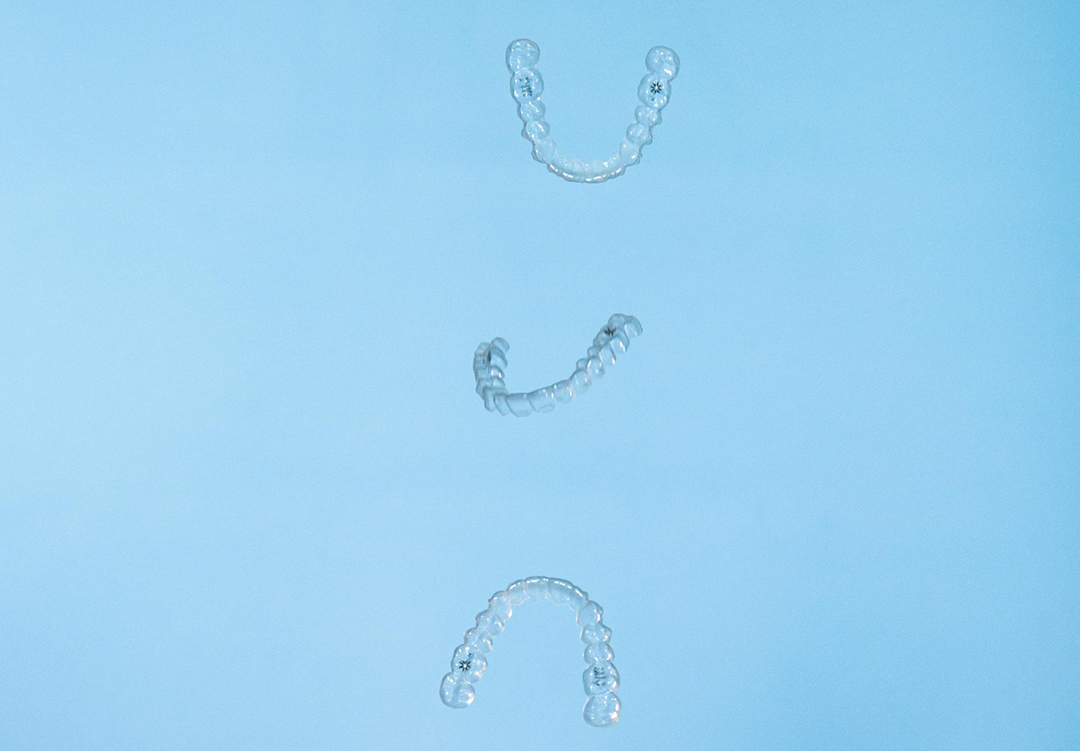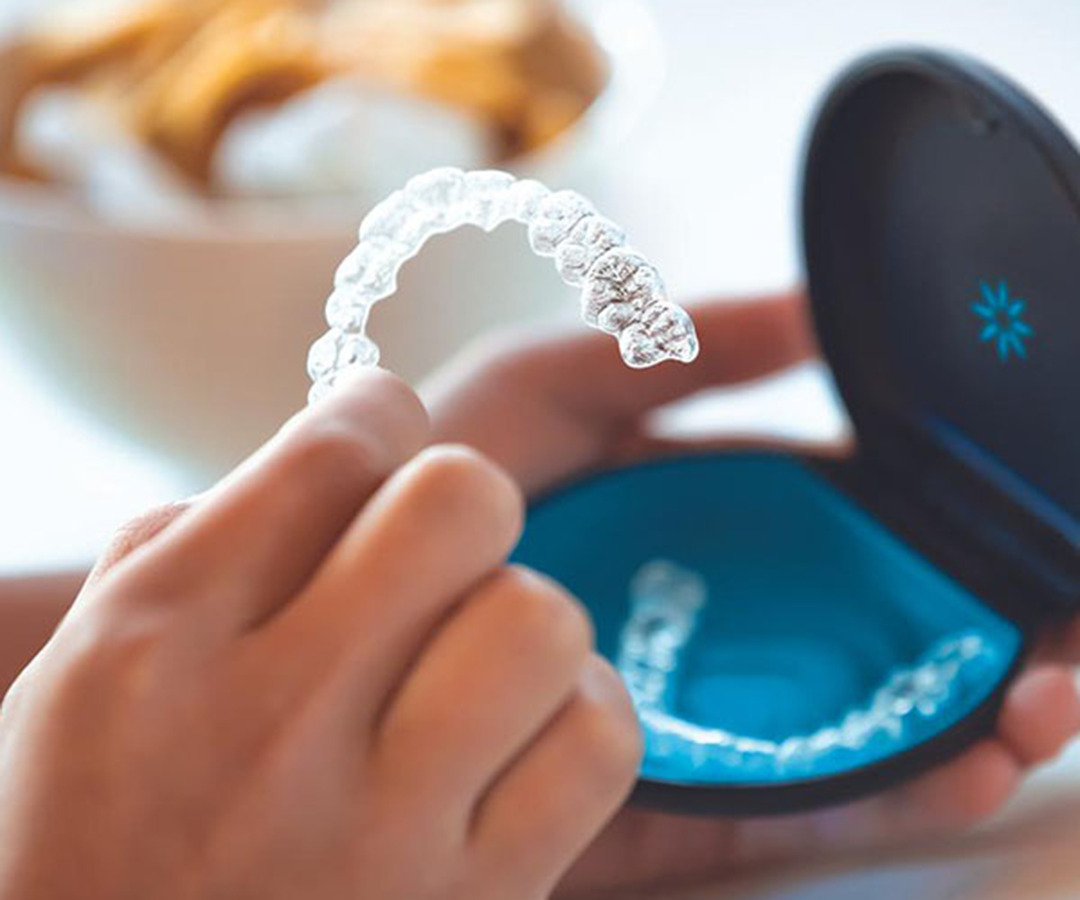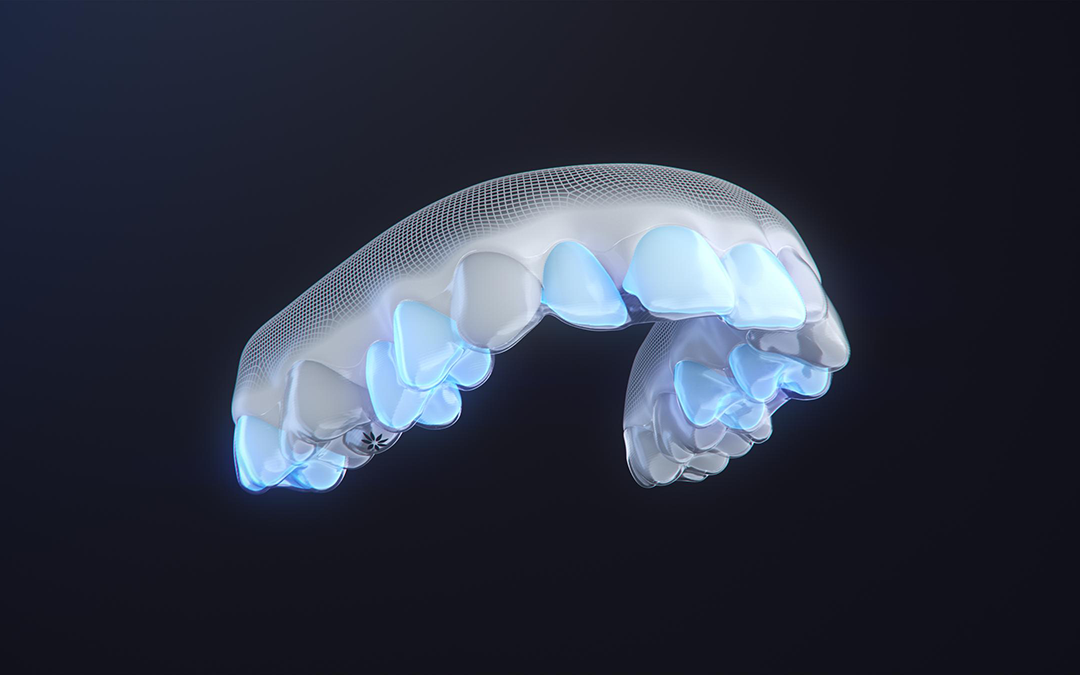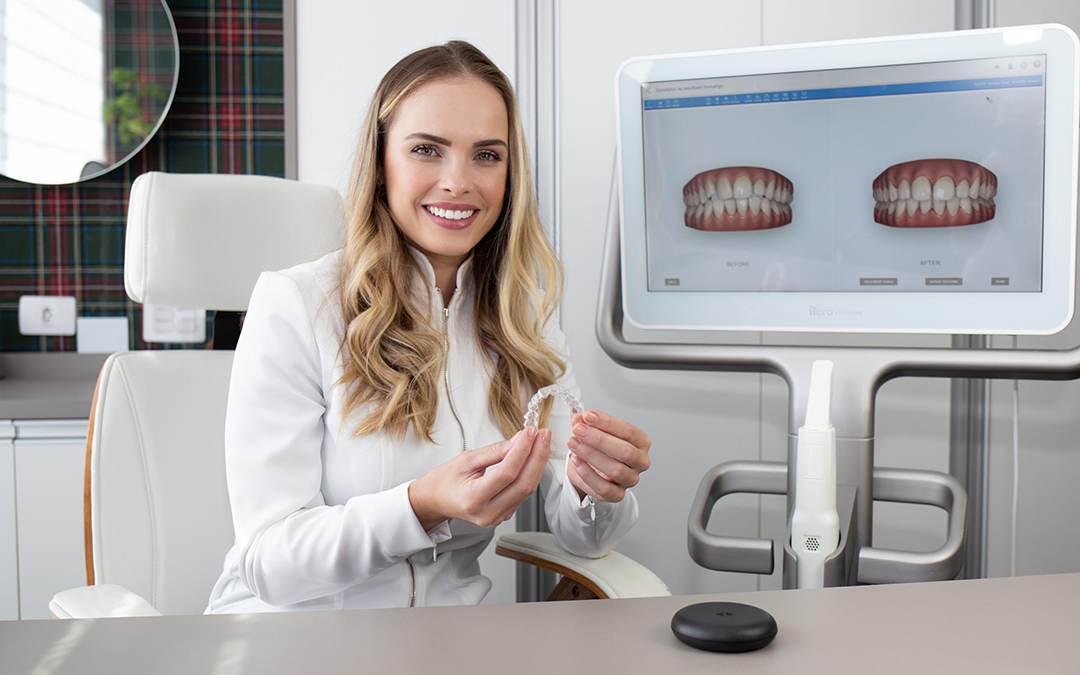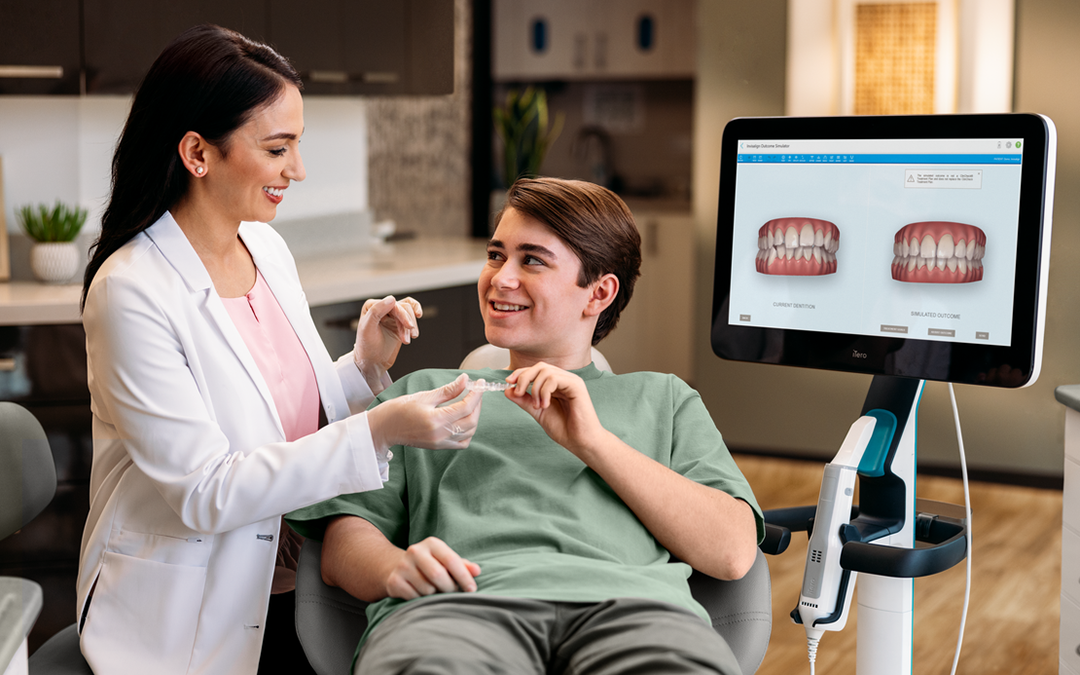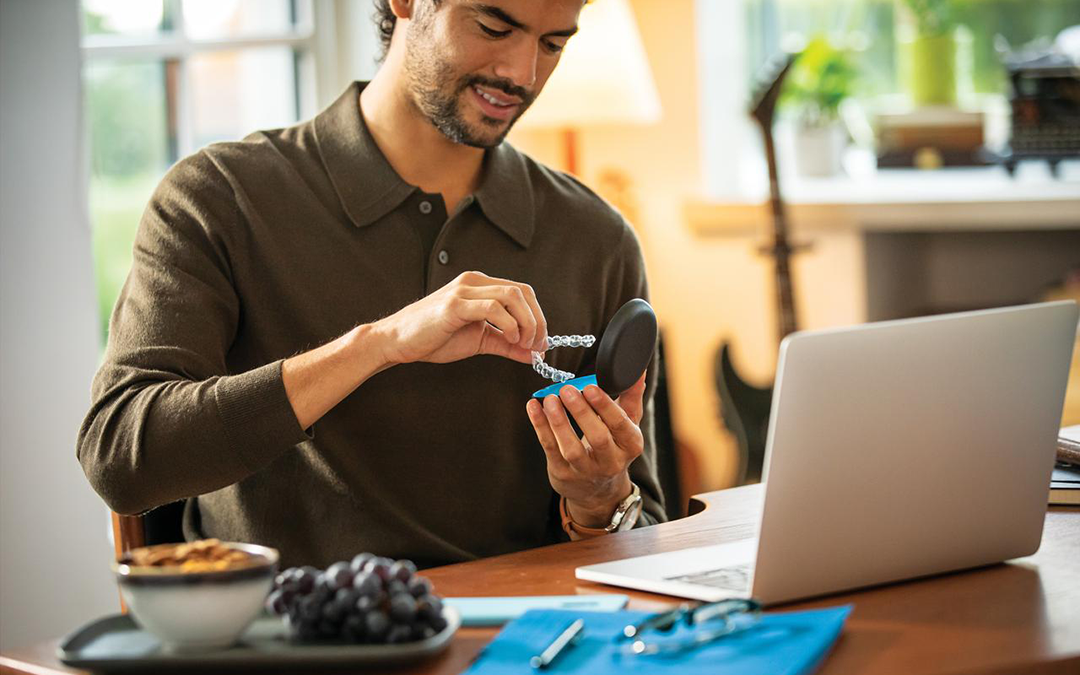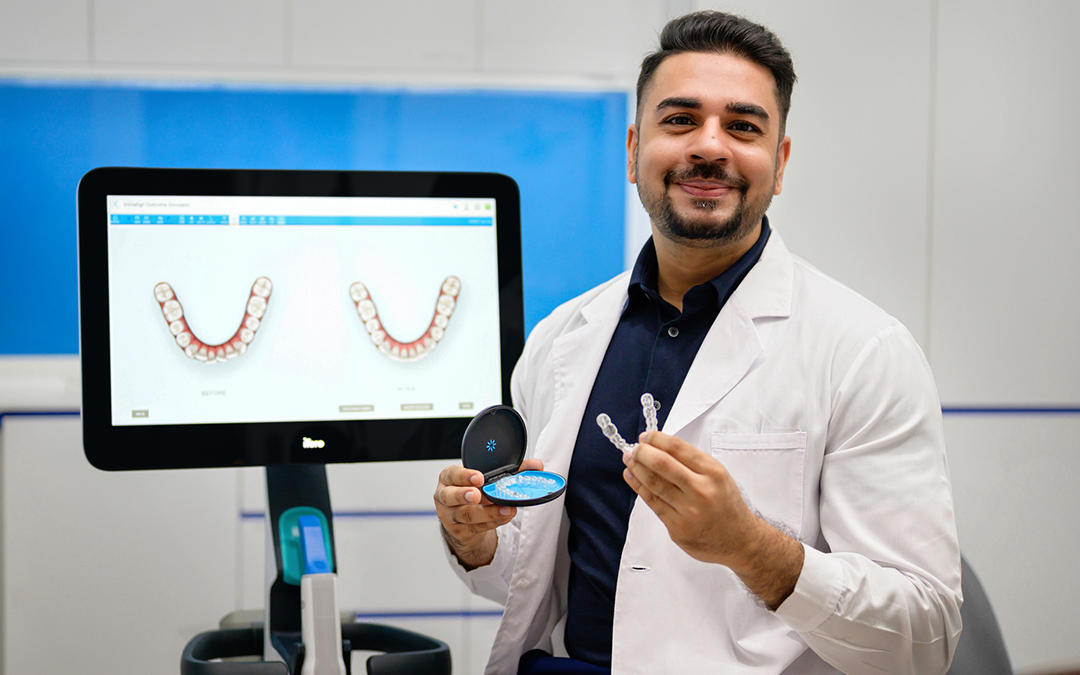Some clear aligner brands will ask you to get your updates through an app in replacement of dentist visits. This might sound tempting — after all, not many people have dentist visits at the top of their to-do lists. You might wish to look for the best of the two worlds: simple digital updates in how your tooth movement is tracking in addition to thorough dentist consultsface to face in clinic appointments where your doctor can thoroughly assess your mouth and progress, as well as answer any questions or queries you might have.
Taking a step back though, it's super important to understand that teeth straightening is an actual medical procedure, and it will have life-long effects on your teeth, roots, jaw, gums, and oral health in general.
For this reason, it's important that you can have in-person follow-ups with a qualified dentist or orthodontist. Your teeth and roots are delicate, so entrusting your orthodontic treatment to a qualified professional will always be the best course of action.
With Invisalign treatment, you get the best of both worlds. You will need to visit your dentist or orthodontist about once every six to eight weeks to monitor your progress and make sure that your treatment is on track. Most appointments can also be done virtually with Invisalign Virtual Care and Virtual Appointment tools, which allows doctors to virtually monitor your Invisalign treatment between in-office visits by reviewing photos that you submit through the My Invisalign app.
Do clear aligners work for all cases?
